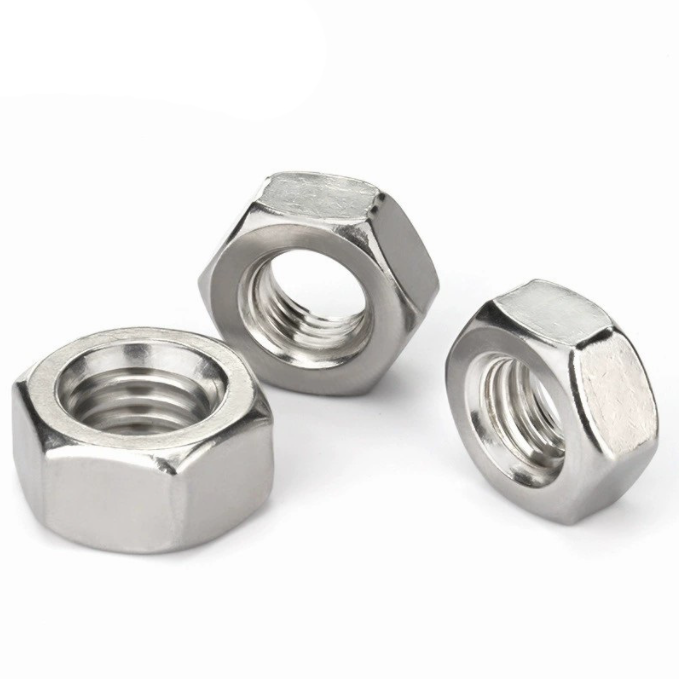

Understanding the Differences Between Spring Washers and Plain Washers in Mechanical Applications
8月 . 14, 2024 00:56 Back to list
Understanding the Differences Between Spring Washers and Plain Washers in Mechanical Applications
Understanding Spring Washers and Plain Washers Types, Uses, and Applications
In the world of mechanical engineering and assembly, the proper choice of fasteners and washers is crucial for ensuring the integrity and longevity of structures and machines. Among the various types of washers, spring washers and plain washers are often used, each serving distinct purposes and functionalities.
Spring Washers An Overview
Spring washers, also known as lock washers, are designed to provide tension between the fastening components. Their primary function is to absorb shock and maintain tension in a joint to prevent loosening due to vibrations or fluctuations in the load. The most common type of spring washer is the split washer, which has a spiral shape that allows it to compress when the bolt or nut is tightened.
Spring washers are particularly beneficial in applications where dynamic loads are present or where the assembly experiences frequent movement. This makes them ideal for use in automotive applications, machinery, and other high-vibration environments. They help maintain clamping force and protect the integrity of the connection, reducing the risk of fatigue failure.
Plain Washers A Basic Component
On the other hand, plain washers serve a different purpose. These flat, typically circular discs made from materials such as metal, plastic, or rubber provide a smooth bearing surface for a nut or bolt. Their primary roles include distributing the load over a larger area, protecting the surface of the material being fastened, and providing isolation between dissimilar materials to prevent galvanic corrosion.
Plain washers come in various sizes and thicknesses, making them versatile components for an array of applications. They are commonly used in construction, machinery, and automotive assemblies, simply helping in load distribution and surface protection.
spring washer plain washer

Key Differences and Applications
The fundamental difference between spring washers and plain washers lies in their design and functionality. Spring washers are engineered to create tension and act as a locking mechanism that counteracts vibrations, while plain washers primarily function to distribute load and protect surfaces.
In terms of applications, both types of washers are used extensively in assembly and manufacturing processes. For example, in an automotive engine assembly, spring washers may secure bolts under the engine hood to mitigate the impact of vibrations during operation. Conversely, plain washers may be used under electrical connections to avoid damage to the circuit boards or plastic casings.
Selecting the Right Washer
Choosing between a spring washer and a plain washer hinges on the specific needs of the assembly. If the application involves dynamic loads and continuous movement, spring washers are often the better option. However, for static connections where load distribution is a priority, plain washers are typically sufficient.
It’s essential to consider factors such as the material compatibility, environmental conditions, and the load requirements. In many cases, engineers may use both types of washers a plain washer to distribute the load evenly and a spring washer to ensure that the fastener remains tight amid vibration and movement.
Final Thoughts
Understanding the differences between spring washers and plain washers is essential for engineers and manufacturers alike. Both types of washers play crucial roles in ensuring the reliability and longevity of assemblies across various industries. By carefully selecting the appropriate washer for a specific application, one can enhance the performance of mechanical systems and minimize the likelihood of failure, ultimately contributing to safer and more efficient engineering practices.
Latest news
-
Hot Dip Galvanized Bolts-About LongZe|High Strength, Corrosion Resistance
NewsJul.30,2025
-
High-Strength Hot Dip Galvanized Bolts - Hebei Longze | Corrosion Resistance, Customization
NewsJul.30,2025
-
Hot Dip Galvanized Bolts-Hebei Longze|Corrosion Resistance&High Strength
NewsJul.30,2025
-
High-Strength Hot-Dip Galvanized Bolts-Hebei Longze|Corrosion Resistance&High Strength
NewsJul.30,2025
-
Hot Dip Galvanized Bolts-Hebei Longze|Corrosion Resistance&High Strength
NewsJul.30,2025
-
Hot Dip Galvanized Bolts - Hebei Longze | Corrosion Resistance, High Strength
NewsJul.30,2025

